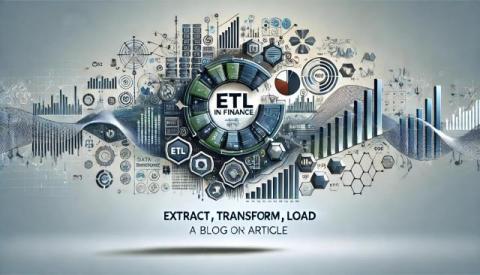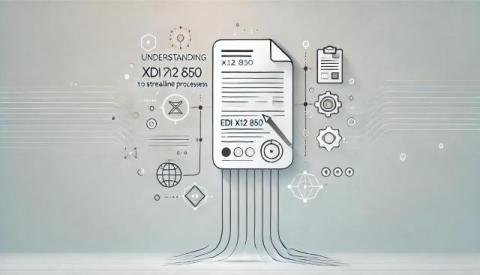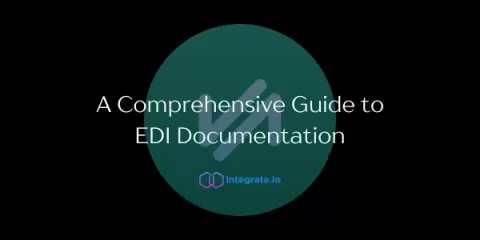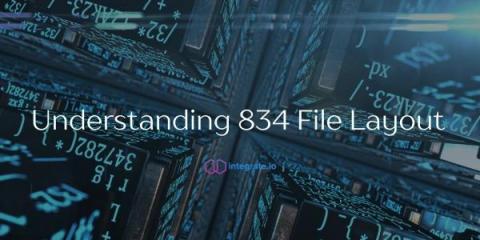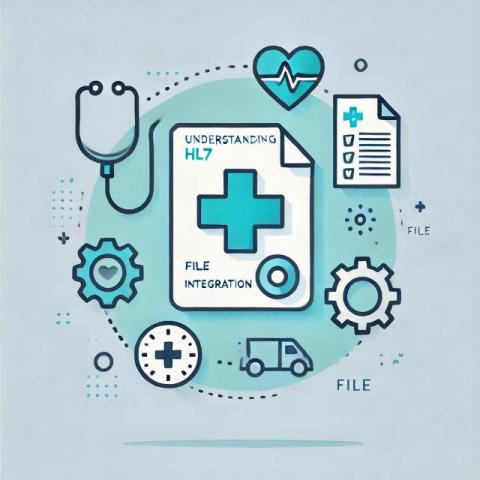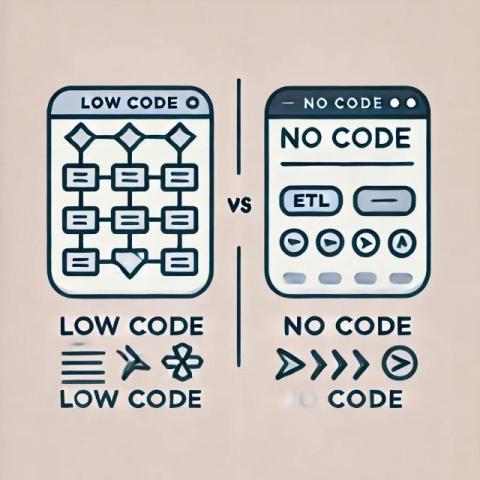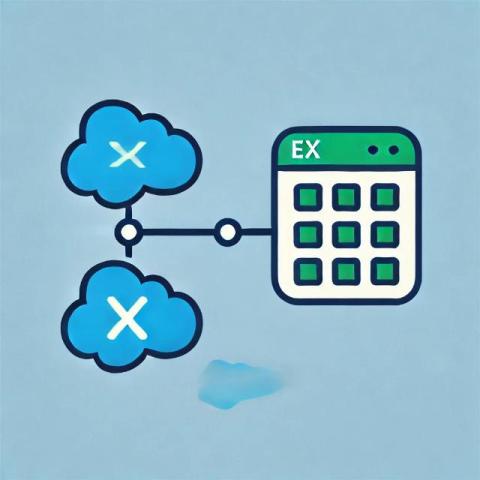E-commerce ETL: Streamlining Data Integration for Online Retailers
In the fast-paced world of e-commerce, where data flows from various sources like customer orders, inventory systems, payment gateways, and marketing platforms, integrating this data efficiently is crucial. This is where e-commerce ETL (Extract, Transform, Load) comes into play. ETL processes allow e-commerce businesses to seamlessly collect data from multiple sources, transform it into a usable format, and load it into a centralized database or data warehouse for analysis.



